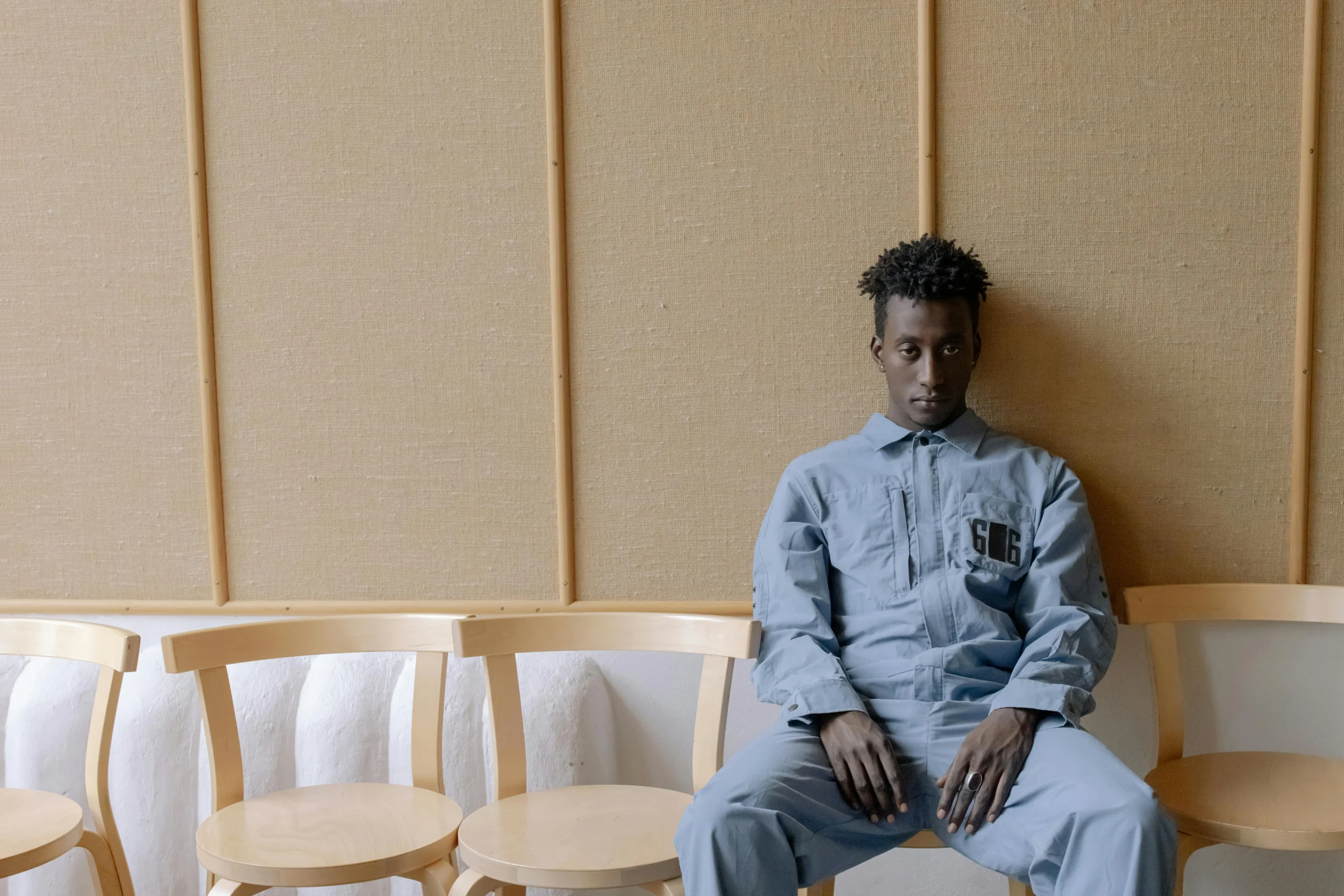Are you feeling stressed, overwhelmed, or anxious? Do you struggle to find moments of peace and relaxation in your hectic daily routine? If so, mindful coloring might be the perfect solution for you. This simple yet powerful activity can help you unwind, de-stress, and improve your overall well-being. In this blog post, we will explore how you can enhance your relaxation through mindful coloring and experience the numerous benefits it has to offer.
The Benefits of Mindful Coloring
Mindful coloring is more than just a fun pastime – it is a therapeutic practice that can have a profound impact on your mental and emotional health. Here are some of the key benefits of incorporating mindful coloring into your daily routine:
1. Stress Reduction
One of the primary benefits of mindful coloring is its ability to reduce stress and promote relaxation. When you focus on coloring intricate designs and patterns, your mind becomes fully immersed in the present moment, allowing you to let go of worries and anxieties.
Read also: Transform Your Health: Minimize Salt Intake for Vitality
2. Improved Focus and Concentration
Mindful coloring requires you to concentrate on the task at hand, which can help improve your focus and attention span. By practicing mindfulness through coloring, you can train your brain to be more present and attentive in other areas of your life.
3. Enhanced Creativity
Engaging in creative activities like coloring can stimulate your imagination and enhance your creativity. As you experiment with different colors and techniques, you can unleash your artistic side and explore new ways of self-expression.
Read also: Revitalize Your Workday: Tips for Staying Active and Energized
4. Mood Regulation
Coloring has been shown to have a positive impact on mood regulation, helping to alleviate symptoms of anxiety and depression. The act of coloring releases endorphins, also known as “feel-good” hormones, which can boost your mood and increase feelings of happiness.
How to Practice Mindful Coloring
Now that you understand the benefits of mindful coloring, let’s explore some practical tips on how to incorporate this relaxing practice into your daily life:
1. Create a Relaxing Environment
Choose a quiet and comfortable space where you can focus on coloring without distractions. Set the mood with calming music, dim lighting, and your favorite scents to create a peaceful atmosphere.
2. Select the Right Materials
Invest in high-quality coloring supplies, such as colored pencils, markers, or gel pens, to enhance your coloring experience. Choose a coloring book with intricate designs that appeal to you and ignite your creativity.
3. Practice Mindful Breathing
Before you begin coloring, take a few deep breaths to center yourself and clear your mind. Focus on your breath as you inhale and exhale slowly, allowing yourself to relax and be fully present in the moment.
4. Engage all Your Senses
As you color, pay attention to the sensations of the paper beneath your hand, the sound of the pencil moving across the page, and the vibrant colors coming to life. Engaging all your senses can deepen your connection to the activity and enhance your overall experience.
5. Embrace Imperfection
Remember that there are no rules or expectations when it comes to mindful coloring. Allow yourself to make mistakes, experiment with different colors, and embrace imperfection as part of the creative process. Focus on the act of coloring itself, rather than the end result.
Conclusion
In conclusion, mindful coloring is a simple yet effective way to improve your relaxation, reduce stress, and enhance your overall well-being. By practicing mindfulness through coloring, you can cultivate a sense of calm, creativity, and inner peace in your life. So, grab your favorite coloring supplies, find a quiet corner, and start coloring your way to a more relaxed and balanced state of mind.
FAQ
1. How does mindful coloring enhance relaxation?
Mindful coloring requires focus on the present moment, which can help calm the mind and reduce stress. The repetitive motion of coloring can induce a meditative state, allowing individuals to relax and unwind. By engaging in this activity, people can let go of worries and distractions, leading to a sense of calm and inner peace.
2. What supplies do I need for mindful coloring?
All you need for mindful coloring is a coloring book or printable pages, along with colored pencils, markers, or crayons. Choose colors that resonate with you and create a soothing environment to enhance relaxation.
3. Can children benefit from mindful coloring?
Absolutely! Mindful coloring is a great activity for children as well. It can help improve focus, creativity, and emotional regulation. Encouraging kids to color mindfully can teach them valuable skills for managing stress and anxiety.
4. How often should I practice mindful coloring?
You can practice mindful coloring as often as you like. Some people incorporate it into their daily routine as a form of self-care, while others use it as needed to relax and destress. Find a frequency that works best for you and fits into your schedule.
5. Can mindful coloring replace other forms of meditation?
Mindful coloring can be a great complement to other forms of meditation, but it doesn’t necessarily replace them. Each type of meditation offers unique benefits, so combining practices can provide a more holistic approach to overall well-being.
6. Are there specific coloring techniques for mindfulness?
While there are no strict rules for mindful coloring, some techniques can enhance the experience. For example, focusing on your breathing, choosing colors intuitively, and observing your thoughts without judgment can deepen the meditative aspect of coloring.
7. Can mindful coloring help with anxiety or depression?
Mindful coloring can be a helpful tool for managing symptoms of anxiety and depression. The act of coloring can shift your focus away from negative thoughts and promote a sense of relaxation and positivity. However, it’s important to seek professional help if you’re struggling with mental health issues.
8. How does mindful coloring improve creativity?
Engaging in mindful coloring can stimulate creativity by allowing your mind to wander freely and explore different color combinations. It can also boost problem-solving skills and inspire new ideas by activating the brain’s creative processes.
9. What are the benefits of using coloring books designed for mindfulness?
Coloring books designed for mindfulness often feature intricate patterns and designs that encourage focus and attention to detail. These books can provide a more immersive coloring experience, promoting relaxation, creativity, and a sense of accomplishment.
10. Can mindful coloring be a form of self-expression?
Absolutely! Mindful coloring allows individuals to express themselves through color choices, patterns, and artistic interpretation. It can be a therapeutic outlet for emotions and a way to communicate feelings non-verbally.
What is a professional’s opinion?
According to Dr. Sarah Johnson, a licensed psychologist specializing in mindfulness-based therapies, mindful coloring can be a valuable tool for promoting relaxation and finding inner peace. Incorporating this practice into your routine can help improve mental well-being and reduce stress levels. However, it’s essential to combine mindful coloring with other self-care strategies and seek professional help if needed.

